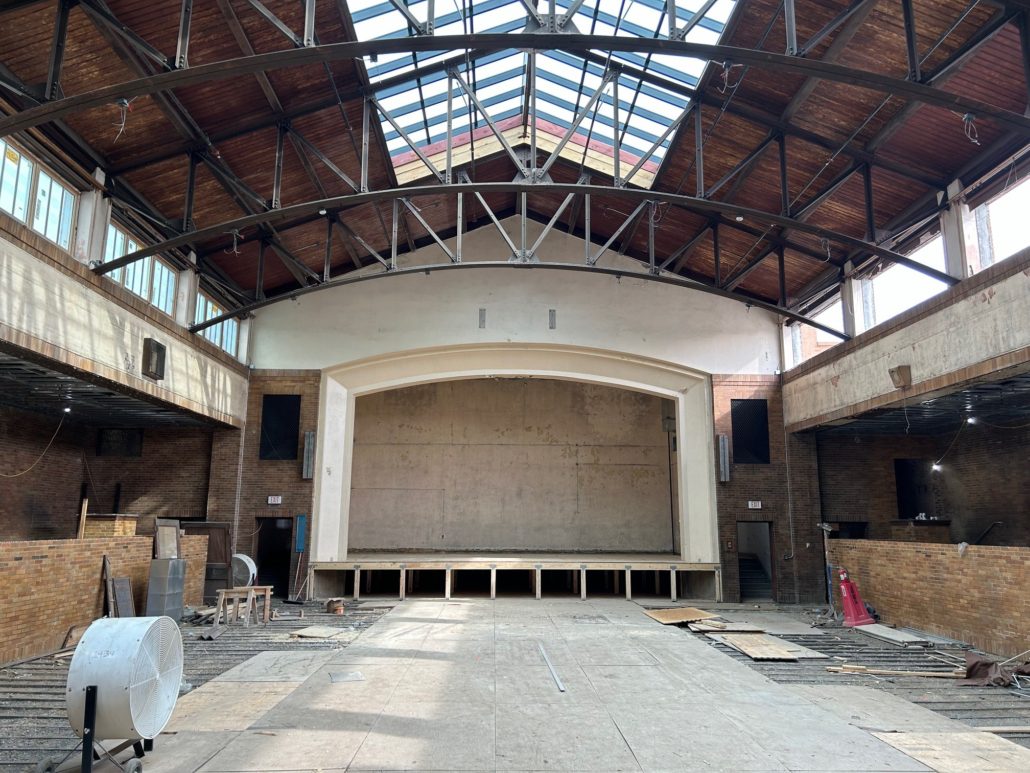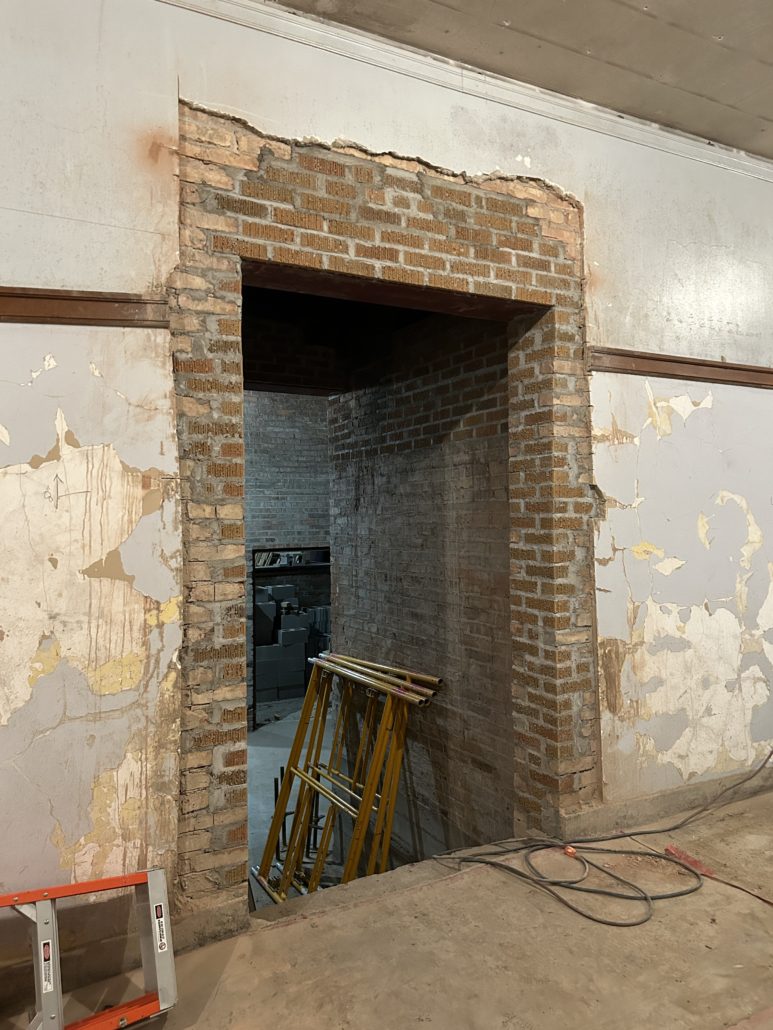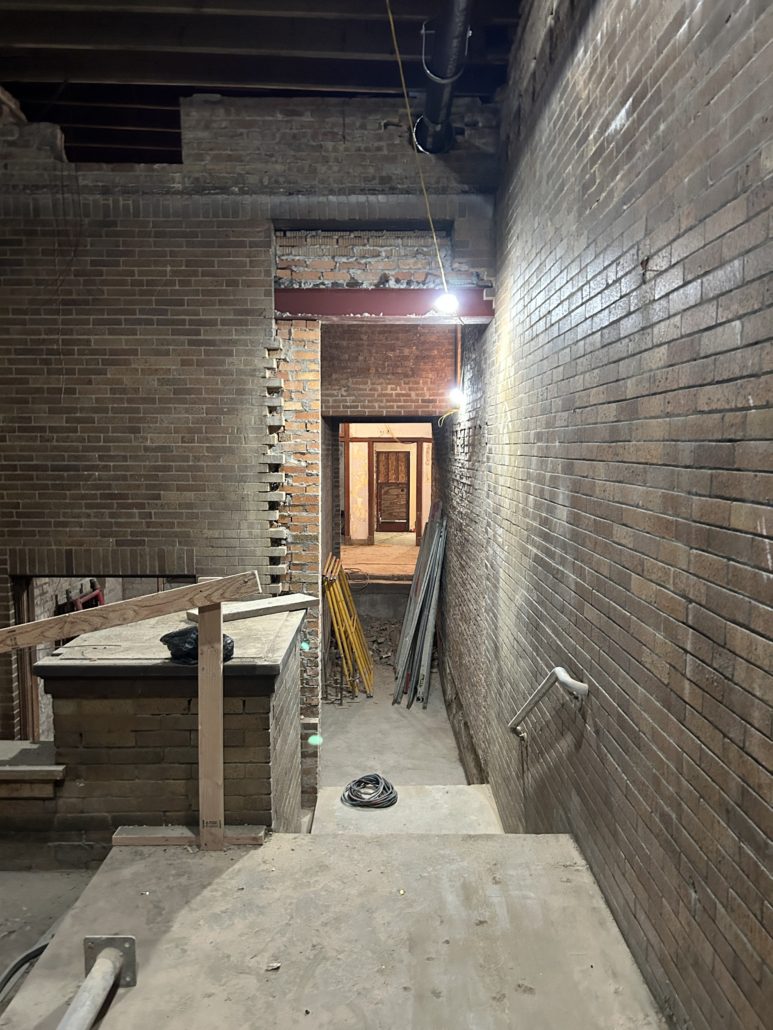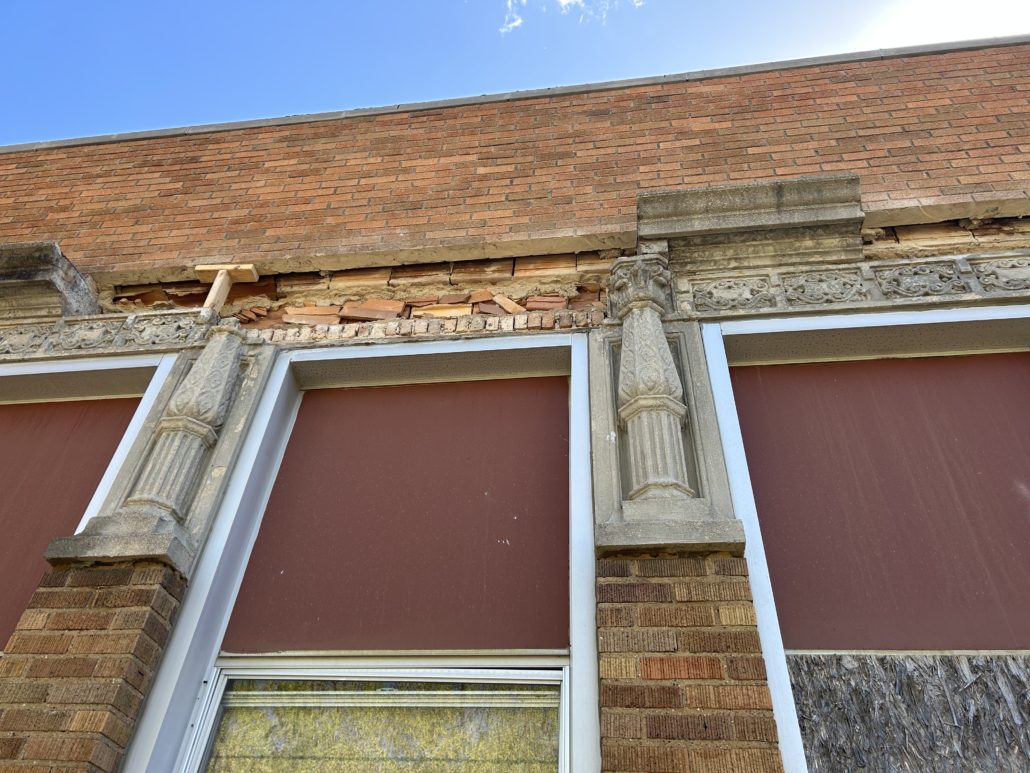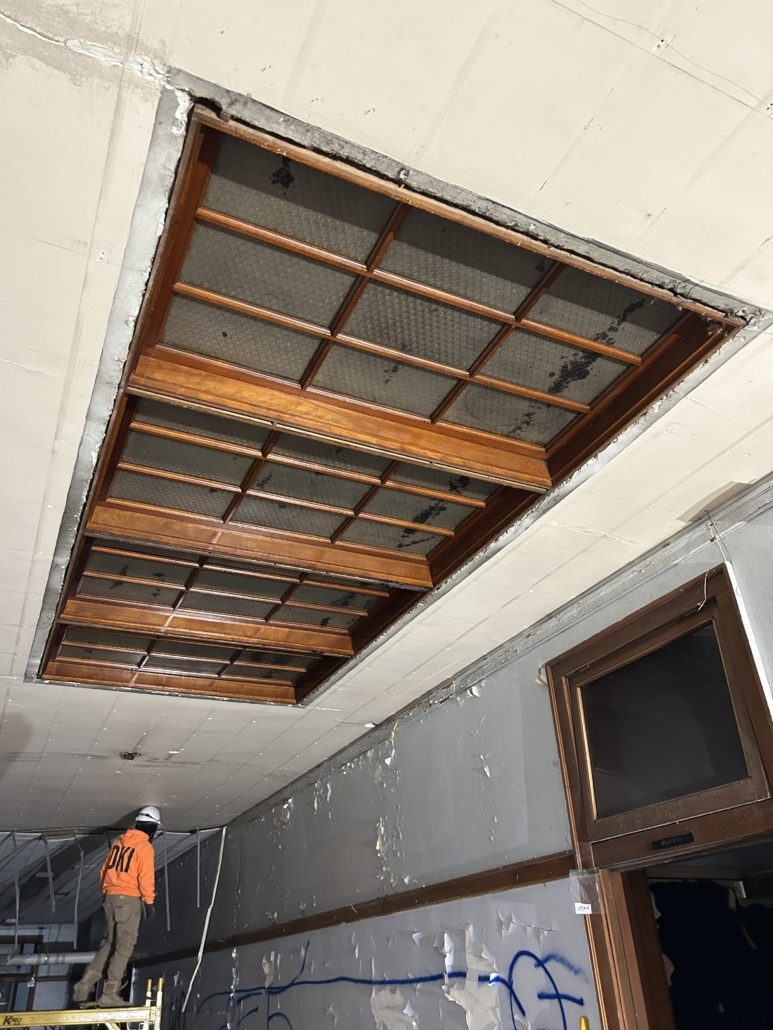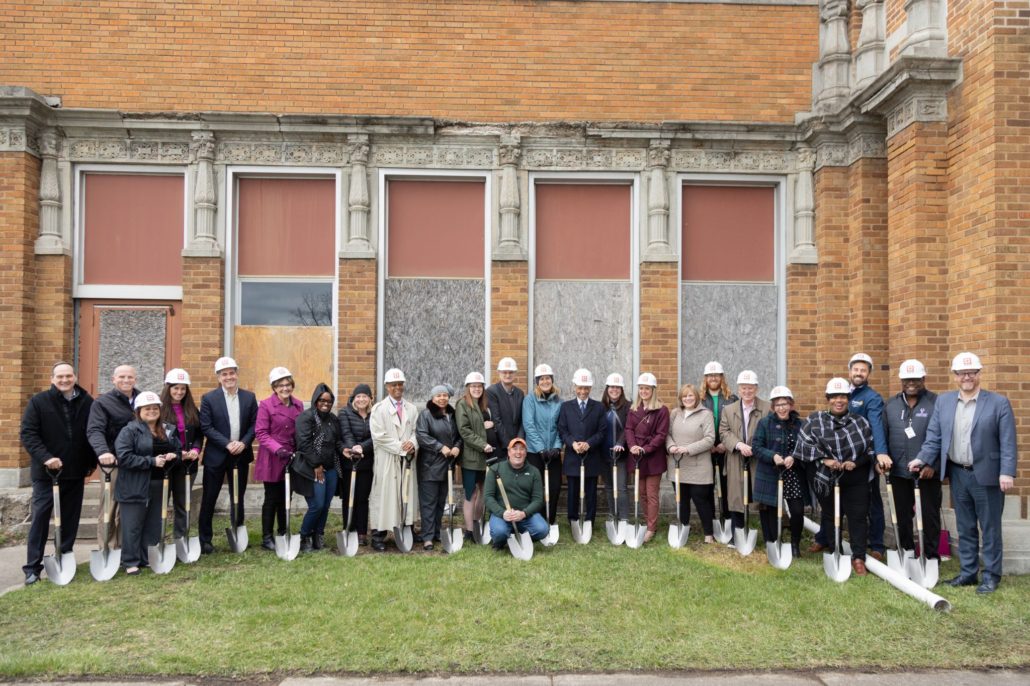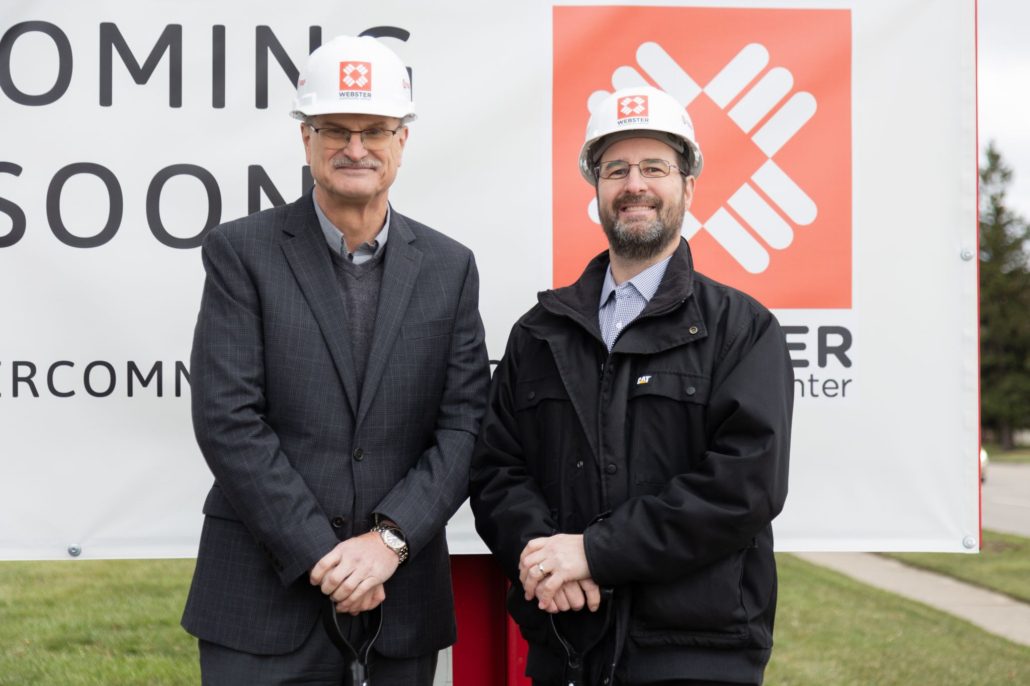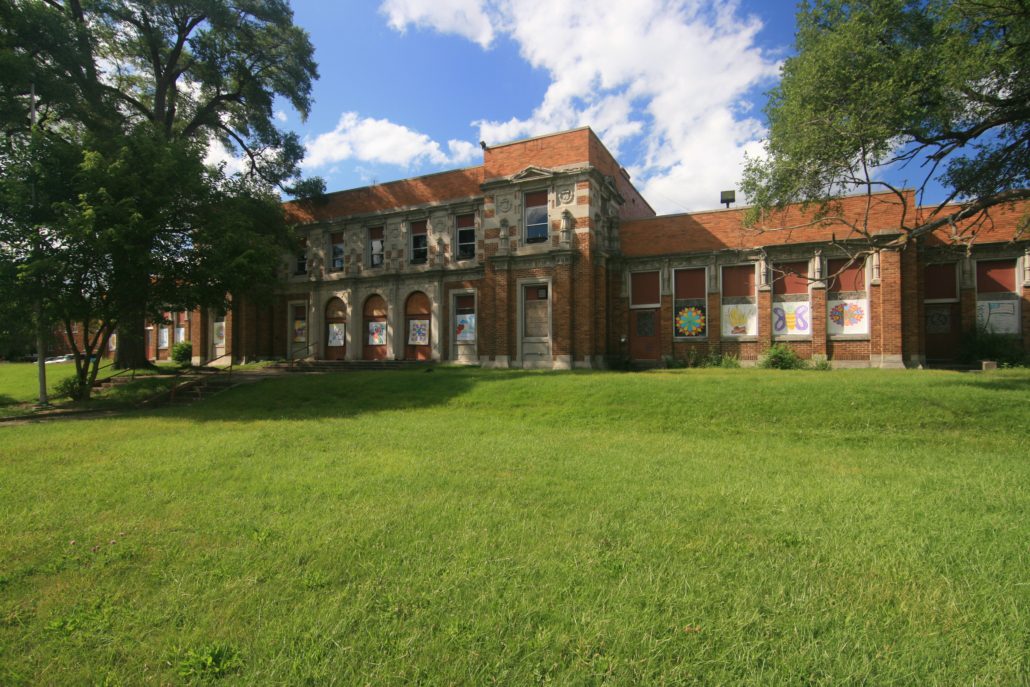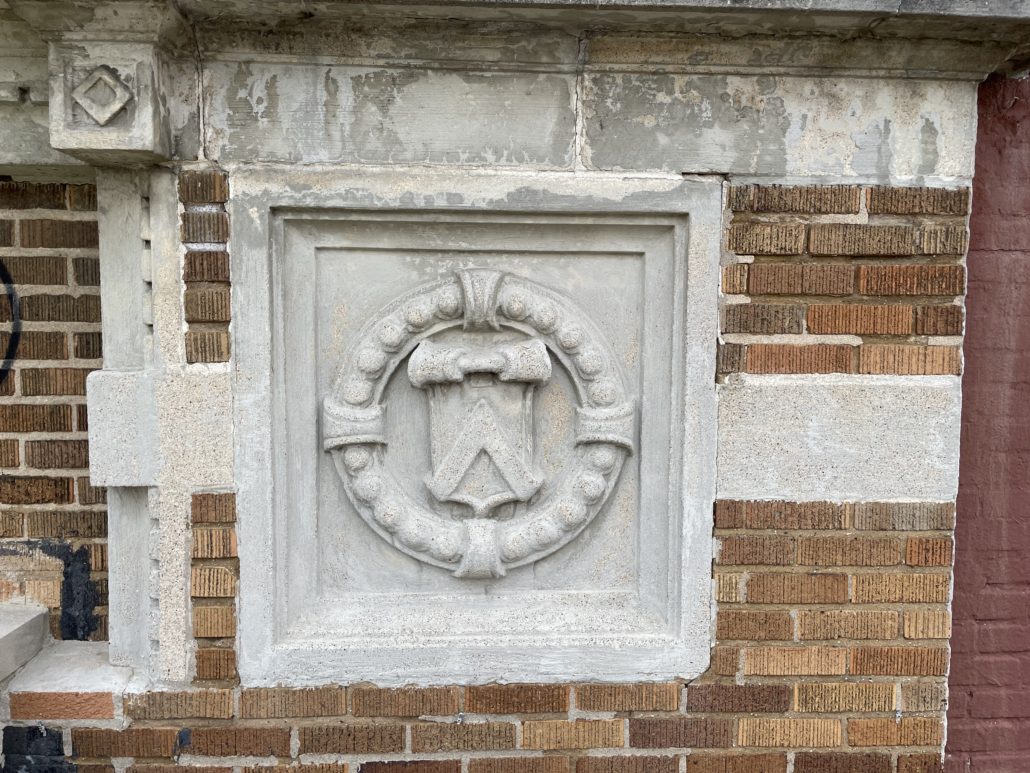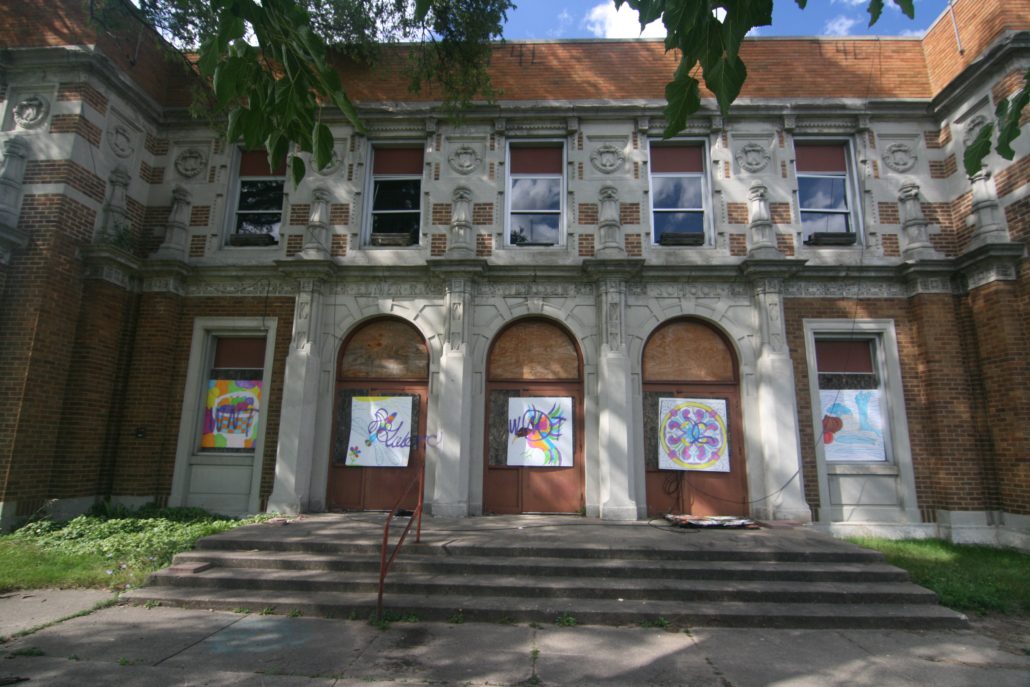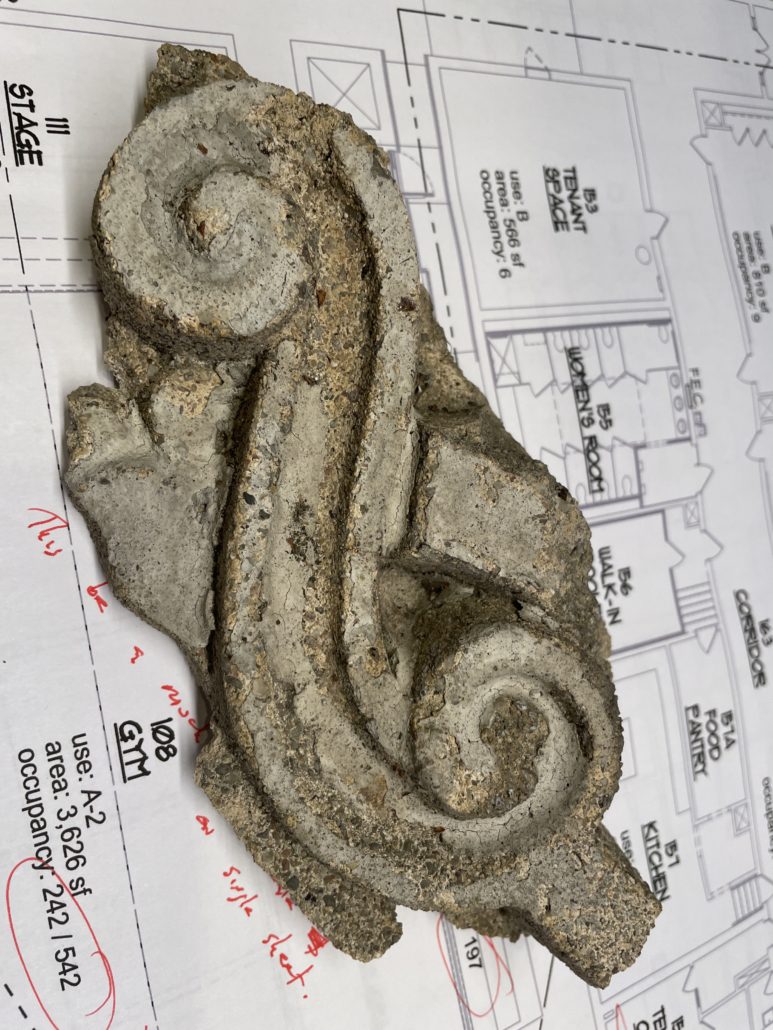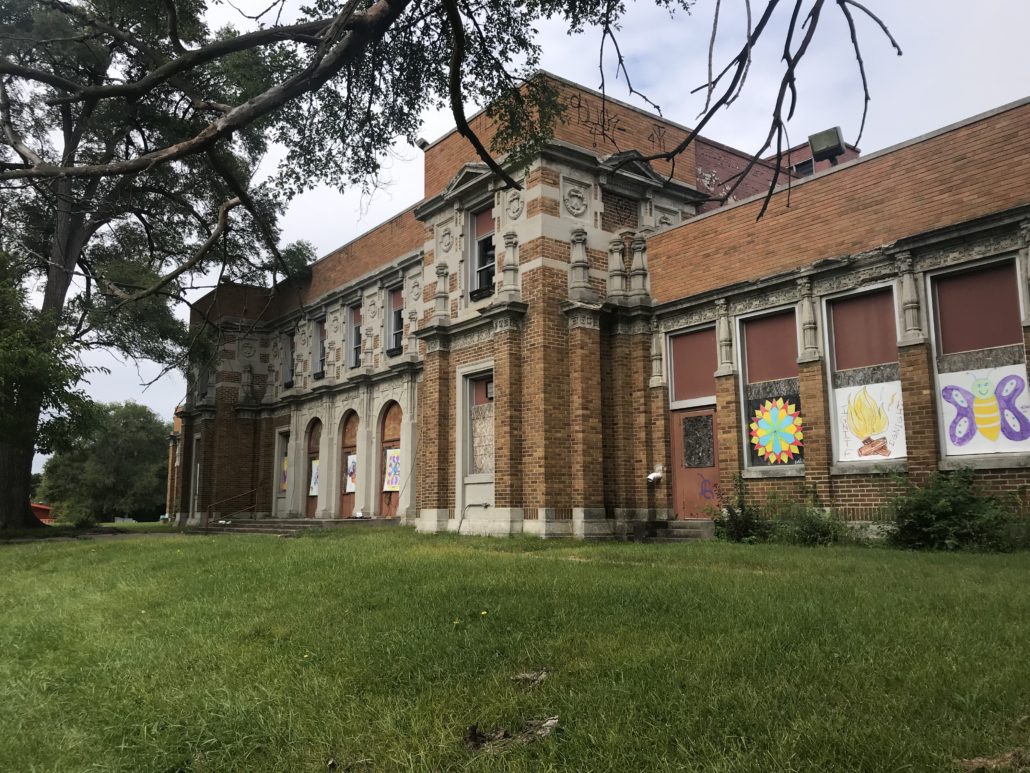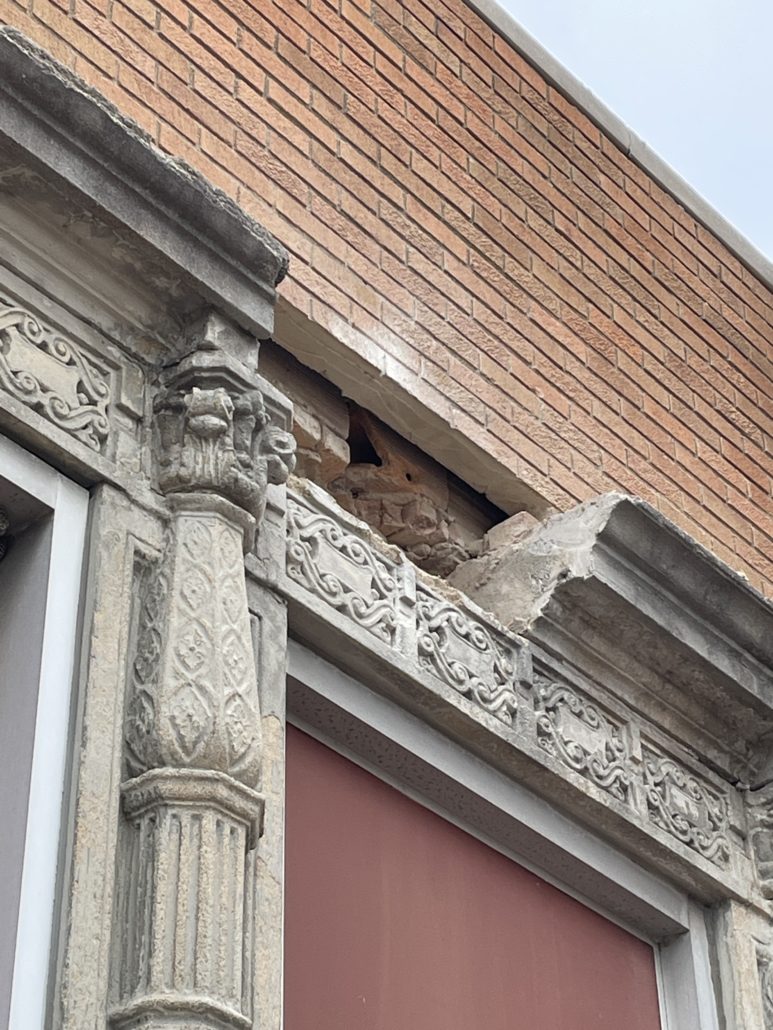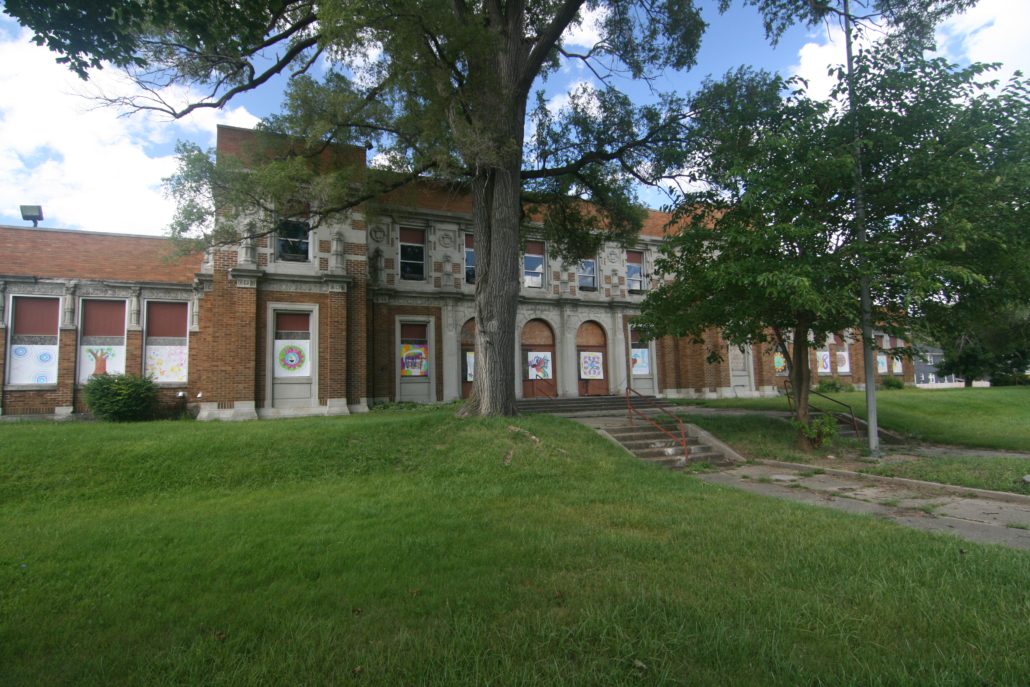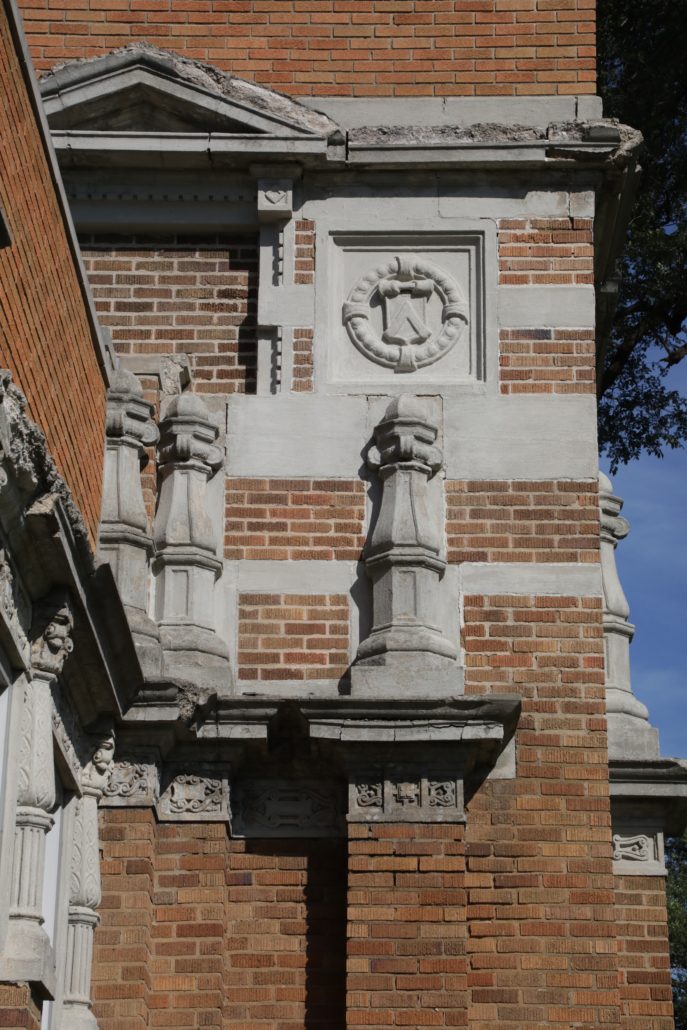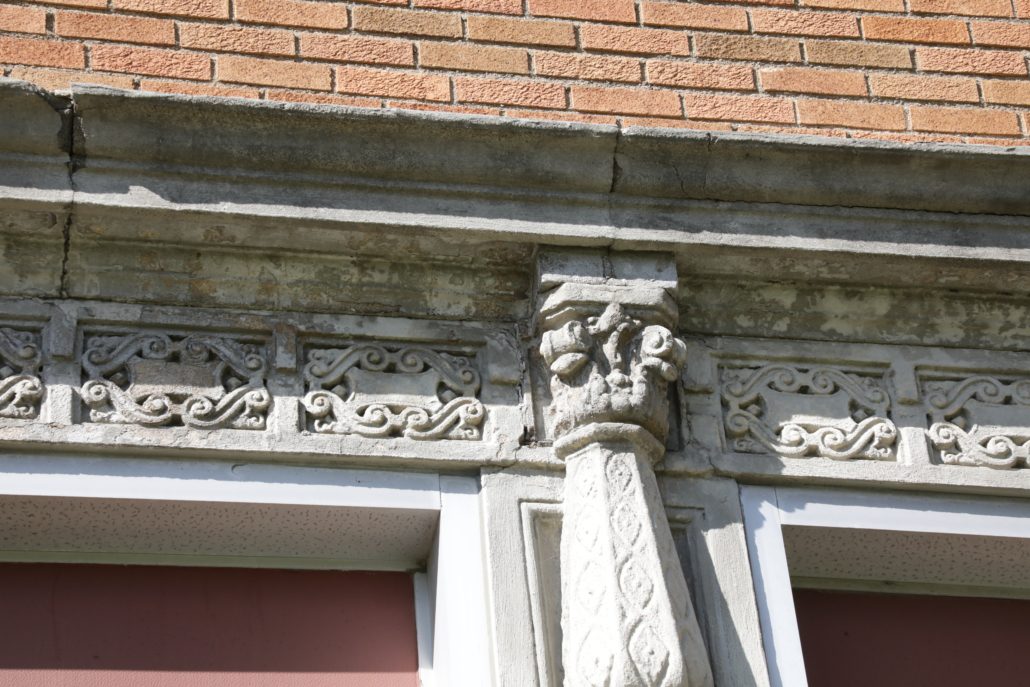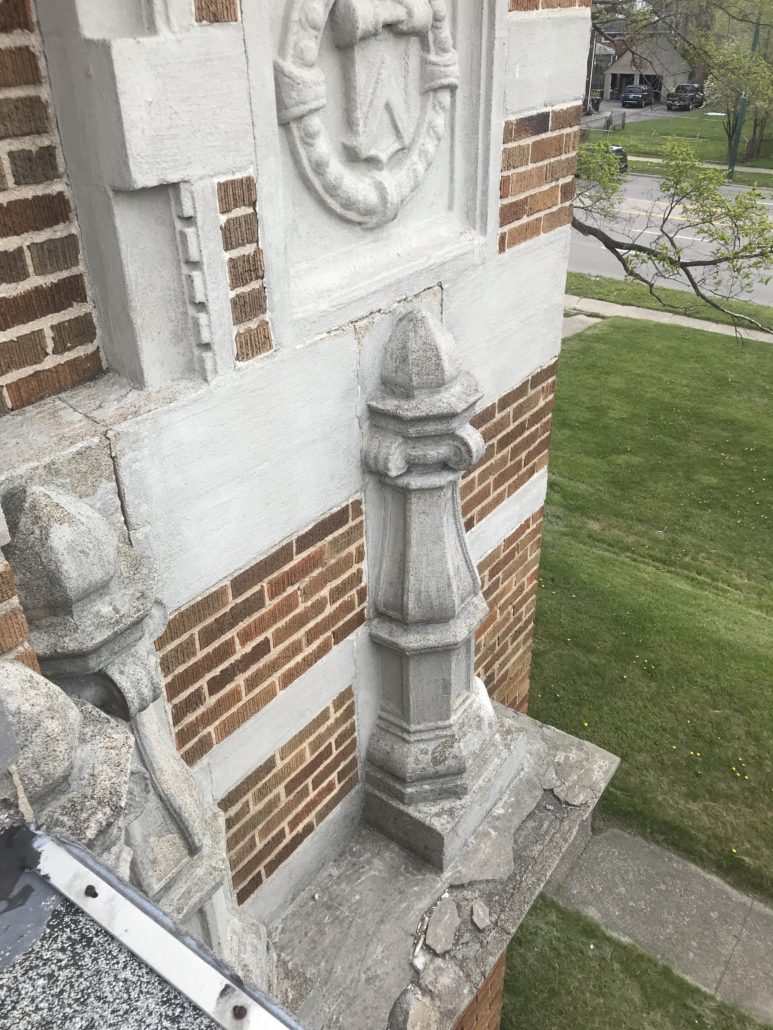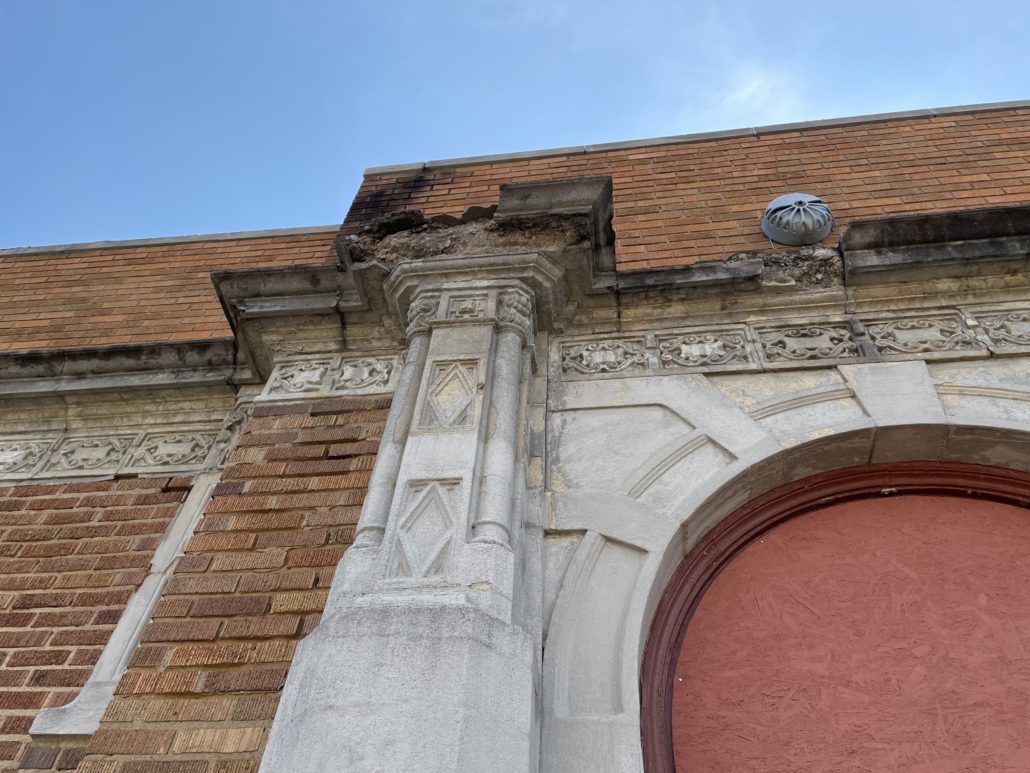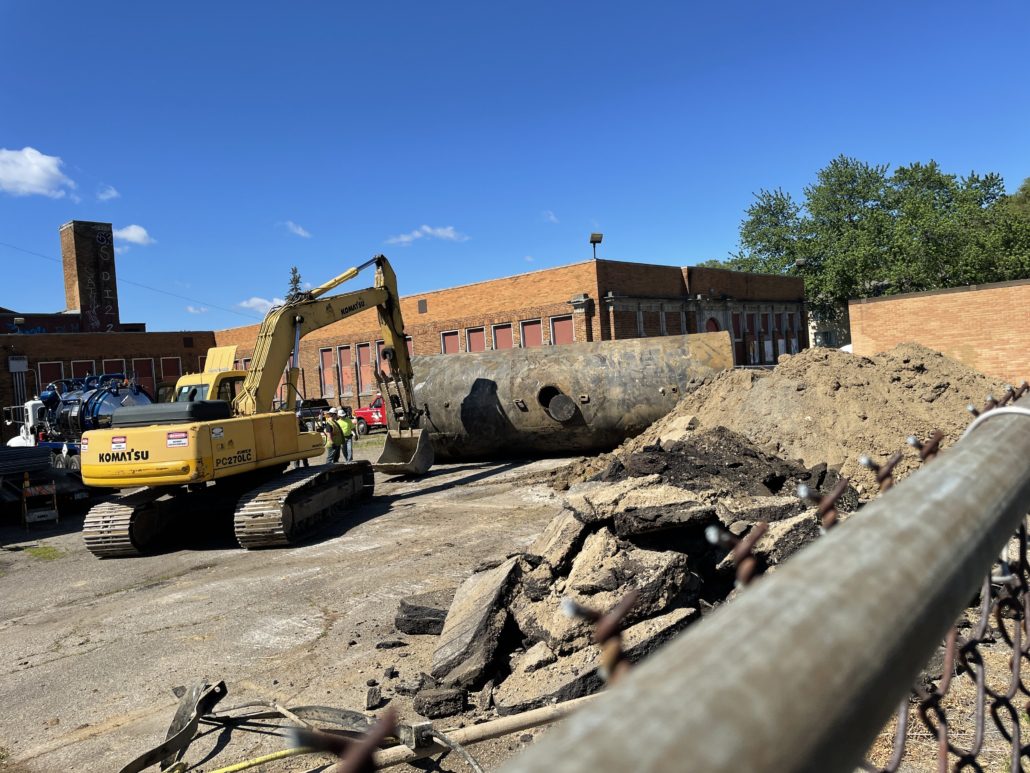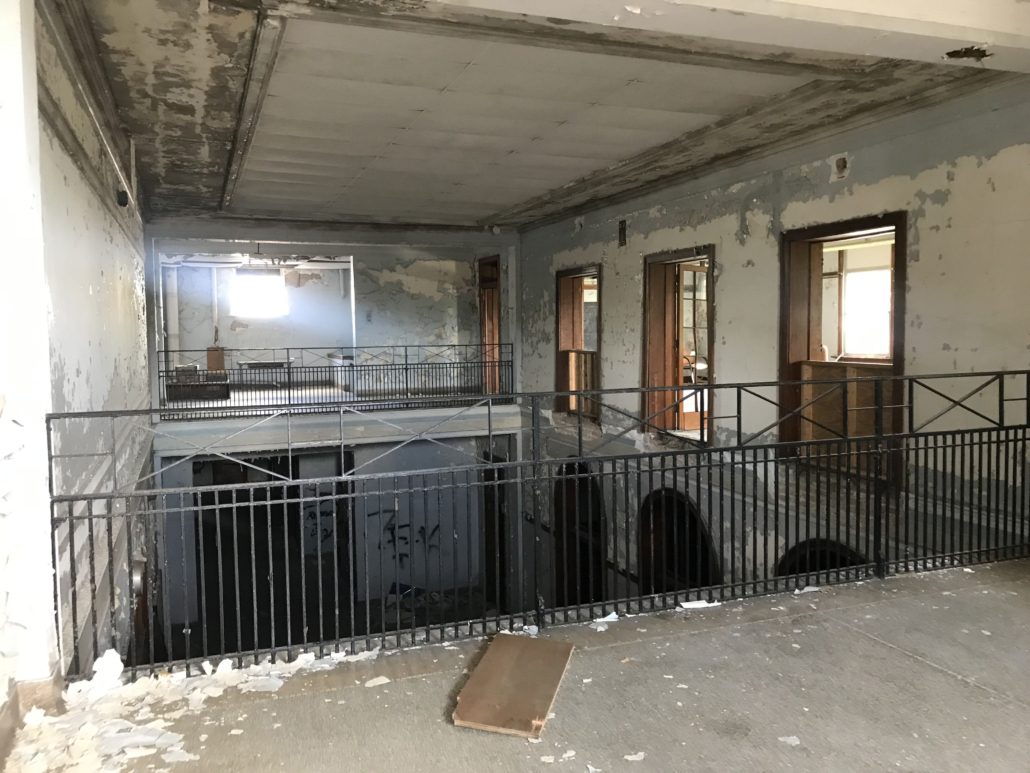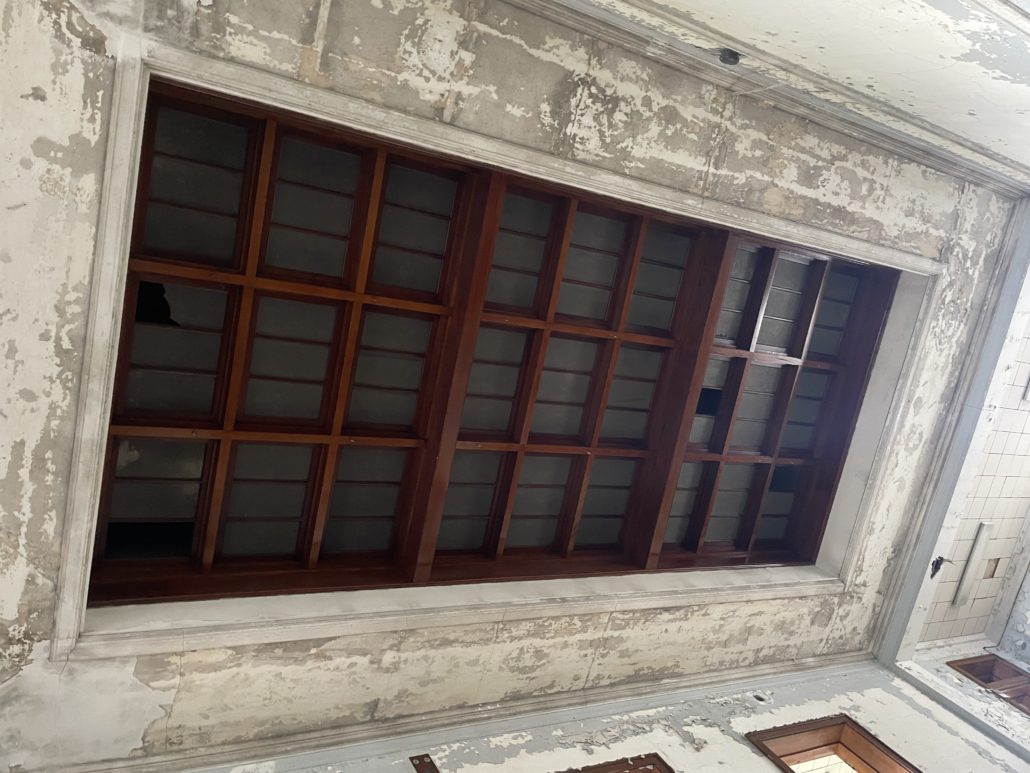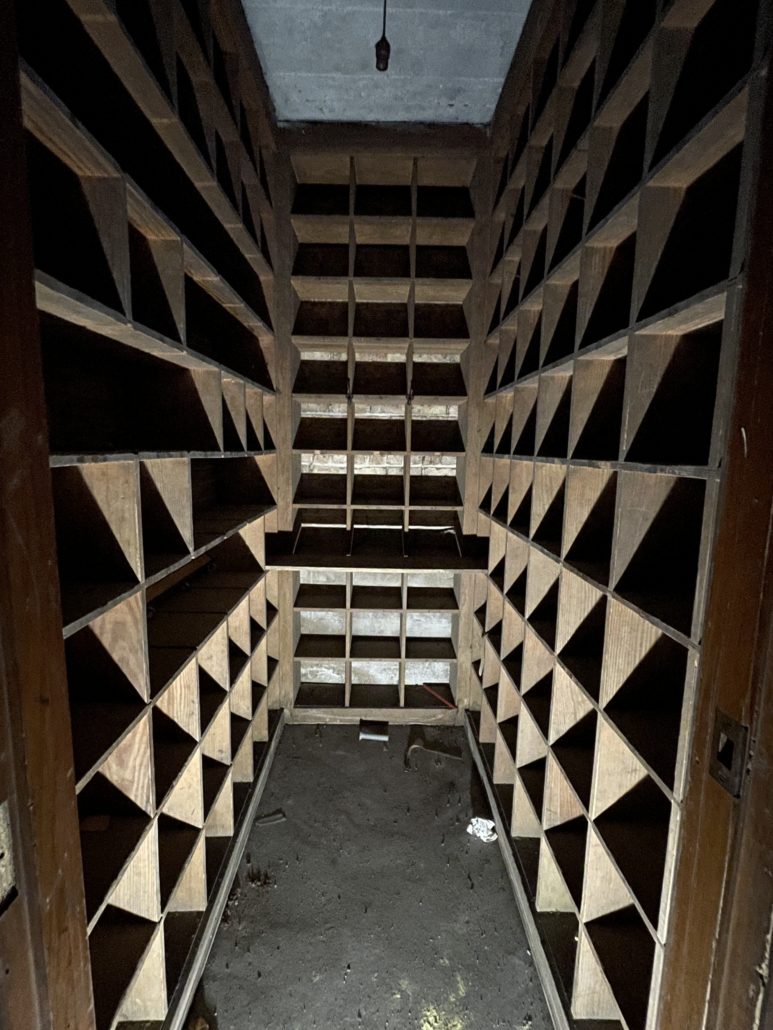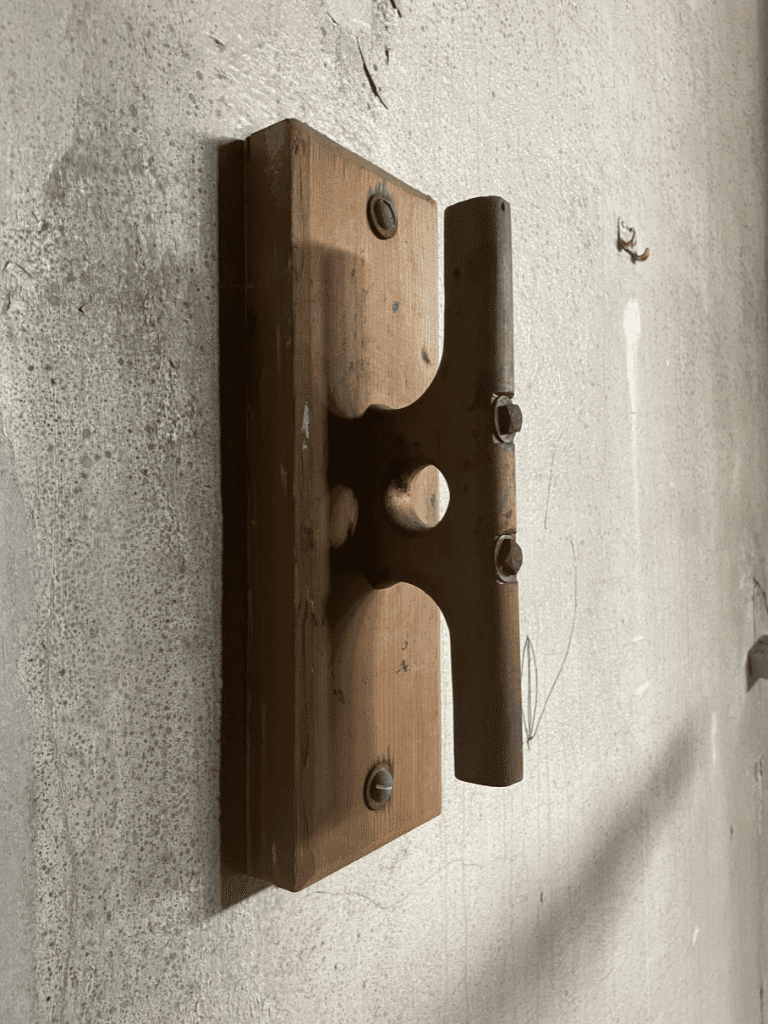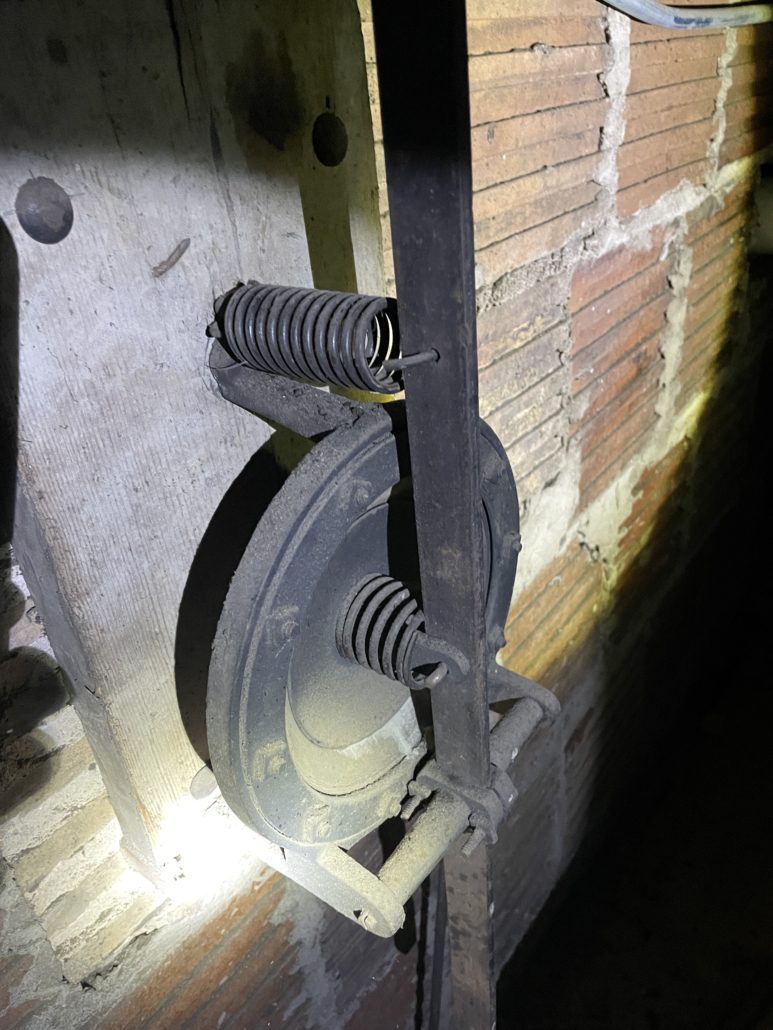Historic Preservation Architecture
Skylight and Trim Installation
As part of our ongoing restoration, we’ve just installed a new skylight to reintroduce natural light into the inner spaces, and begun detailed trim carpentry around the opening. Here you see the frame structure and finishing trim going up — a moment where modern interventions seamlessly dovetail with historic character. This skylight will not only enhance illumination but also re-establish a design intent from the original build, adapted for today’s energy and safety standards.
Entryway Opened Up to Observation Area
At the Webster Community Center project, we worked to improve accessibility to the elevated observation areas above the Gym floor. The existing layout featured a brick and plaster corridor wall that blocked direct access to these spaces. To remedy this, we created a new opening in the wall, carefully preserving the integrity of the building’s materials and design. This opening now provides an accessible pathway that connects the main corridor to the observation areas, ensuring that everyone, regardless of mobility, can easily access these elevated spaces. The design of the opening was done thoughtfully to maintain the character of the original architecture while enhancing the functionality and inclusivity of the building.
Interior and Exterior Demolition Begins
Demolition at Webster Community Center has begun! On the exterior, the masons are busy removing deteriorated cast stonework to replace with new pieces. Inside, additional historically significant lay lights we discovered during demolition. We intend to restore them and add new LED lighting behind so the skylight affect lives again!
Groundbreaking Ceremony at Webster
The groundbreaking ceremony at Webster Community Center was held on April 3. Coleman Yoakum, the executive director of Micah 6, announced that their plans to renovate the deteriorating Webster Elementary School into a community center has been approved and fully funded. He was joined by other local dignitaries and leaders to applaud the efforts of dozens of people who helped bring this project together. Our team worked to place this school on the National Register of Historic Places and is very excited to restore it to its former glory and serve the community surrounding it. This $34 million project will restore the exterior of the building an renovate the interior so that many local organizations can use the spaces to serve the community around them. It is expected to take about a year and a half to complete the construction and open the doors to the community. Many different groups will be based out of Webster that will provide opportunities for youth athletics, music, dance, education, health care and even a coffee shop. Other amenities include a commercial kitchen available for rent and the facility can also host events like wedding receptions or community gatherings in its meeting spaces and gym. There will also be a small grocery store with food sourced from Micah 6’s own community gardens on site.
The History Behind Webster Elementary
About The Neighborhood:
For such an exceptional neighborhood, only the finest of schools would do. The school district acquired land on the north side of West Huron Street (the Recreational Park Addition and Oakland County Agricultural Society Grounds) for the site of the new elementary school, less than one mile west of the new high school. As for the architects, the highly experienced Chicago firm of Perkins, Fellows and Hamilton was selected. The school district had already worked with this firm, to much success, on the new 1913 high school and its 1917 addition. As celebrated in the October 10, 1926 issue of the Detroit Free Press, “Pontiac’s High School Among Best in State – For years the Pontiac High School has ranked as one of the most beautiful educational buildings in Michigan.” Opened in 1921, the new Huron Street elementary school was named after Elmer R. Webster, a very prominent figure of Pontiac Schools. As described in Seeley’s History of Oakland County, Michigan, Webster was:
known in Pontiac as one of the founders of the present (c. 1912) public school system, and as a man who has probably done more than any other one person to establish that system, which is one of the most admirable and efficient in the state today… He was county superintendent of schools for a number of years, has been a member of the board of supervisors [secretary and president] and a member of the board of public works of Pontiac, while for many years he was one of the trustees of the schools of the city. Webster School was welcomed by the community with great acclaim, as was captured in the November 7, 1926 issue of the Detroit Free Press, “‘New Pontiac School Ranks with Finest’ –The new Elmer Webster school is one of the attractive educational units of the Pontiac School system.” Webster School illustrates and embodies the general education trends of early twentieth-century Michigan. As a result of the Standardization Movement during this period, elementary schools began to have a standardized form, function, and program. Although Michigan did not require specific designs for its education facilities, An Honor and an Ornament states that “by the 1920s, school buildings had become a very recognizable building type, in no small way due to the national and local dialogues on the desirability of standard layouts and appearance.” The selected architecture firm, Perkins, Fellows and Hamilton, specialized in school design, was highly accomplished and regarded in the Midwest, and significantly contributed to said dialogues regarding design of the modern public school building. Webster School stands out as Pontiac’s only extant example of school architecture designed by Perkins, Fellows and Hamilton – an architecture firm (most notably Perkins), whose style and approach toward design was well known, and influenced contemporary and future peers. Their technical and aesthetic achievements embodied in this school building reveal, as Peter Wight wrote in Architectural Record, “evidence of the progressive spirit and independent thought that have characterized the work of a large number of Chicago architects” during the early twentieth century. In 1905, again with support from Burnham, Perkins was appointed as the architect of the Chicago Board of Education. To the position, he brought his progressive spirit and sense of humanity. Perkins believed that these buildings served as holistic community centers. As such, he located auditoriums on the first floor to make them more accessible for after-hours functions. He also sought to improve upon difficulties in the way that the earlier schools functioned by widening stairwells and hallways to minimize crowding and provide clear and safe means of navigating through the building; creating bathrooms on every floor (typically, the only toilet rooms in the older schools were located in the basements); and maximizing the amount of natural light in the classrooms with plentiful, large windows and skylights when possible. Perkins sited buildings so that classrooms would face either east or west, to avoid relying only on sunlight from the south. Also, most older schools were built close to the edge of the street, resulting in very few have playgrounds at all. As an advocate for open space, Perkins prioritized such spaces around schools, recommending larger setbacks, landscape improvements, and ample playground space. All of these design elements were also implemented at Webster School, embodying Perkins’ philosophies. Perkins recognized the evolving educational needs and trends and responded by “translating into reality the progressive ideal of the public school as a community center.” His contributions to the national architectural dialogue regarding the design of modern public school buildings continued with articles that appeared in the December 1915 and January 1916 issues of The Brickbuilder. These articles were part of a series that he titled, “The School Building as a Social Center.” In the December article, he stated: The modern school problem requires the architect to plan a structure which is in itself a neighborhood or social center for daytime use by children. At the same time, he automatically plans a social center building for adults to be used in the evening. There is no essential difference between the two [except in] … the size of the furniture… The school, by its relation to all of the people, regardless of divisions of politics, religion, or wealth, is the only institution which can be made to serve as a neighborhood or social center. It alone is possessed by all the people… At the same time it gives to the architect the greatest opportunity for display of his talents of any type of modern building for which there is great and increasing demand. Exerpts Taken from the Historic Preservation Application Part 1, submitted by Hopkins Burns Design StudioRead MoreAbout The Architects:
Underground Oil Storage Tank Removal
This 20,000 gallon oil storage tank was excavated and removed from the ground as part of the environmental clean up scope of work. It was installed in the 1970’s when the original boilers in the basement were decommissioned and the new boiler building was built. The removal of this tank will help prevent toxic materials from leaking into the nearby ground and help provide a clean environment for the future.
Social Hall Laylight
This laylight was discovered during some investigative demolition and was a complete surprise to everyone. Skylights were a major feature of the original architect’s design philosophy, and this feature will help restore that vision. It is still in great condition and will be a focal feature in the Social Hall. The original patterned glass will need to be replaced for safety reasons, but the wood framing will remain and be refinished to its original glory. It’s approximately 12’ x 26’ in size.
Storage Cubbies
This shelf unit was found in a storage room adjacent to the Gymnasium. Its original contents are unknown, but we are assuming that it stored athletic equipment and recreational gear the students could play with during physical ed class.
Carved Wooden Cleat
We found a carved wooden cleat fixed to the stage wall. This cleat must have been used to hold the rope when the curtain was opened. We can only imagine all of the wonderful performances that have happened on this stage over the past 100 years.
Chalkboard Art
We found a few interesting items around the school. One is chalkboard art that was hidden under a bulletin board. We don’t know how old the drawing is, but the winter scene takes us back to our childhood years. There must be something magical about the artwork, because it has the ability to disappear and reappear. (Actually there’s a scientific explanation related to temperature and humidity, but we like the magic idea better)
Hydraulic Device
Also found were some hydraulic devices used to operate roof vents, this type of find is very exciting to discover in historic buildings like Webster. These were found in the corridor attic space and appear to have been disabled. These mysterious mechanisms remind us of a time of innovation and invention and show us how far technology has come over the past 100 years.
Proud Restoration Architects
CBI Design Professionals is honored to spearhead the restoration architecture project at the Webster Community Center in Pontiac, Michigan. This historic building stands as a testament to the rich cultural heritage of the community, embodying a unique blend of architectural styles that reflect its evolution over the decades. Our team of dedicated and determined architects understands the profound historical significance of the structure and is committed to preserving its authenticity.
With a keen eye on the past, we are meticulously navigating the complexities of the restoration process, ensuring compliance with the latest building codes, engineering standards, and preservation guidelines. Our architects are pooling their expertise to harmonize modern necessities with the preservation of the original design, utilizing carefully chosen materials that honor the building’s heritage. As stewards of architectural history, CBI Design Professionals is excited to contribute to the revitalization of this community treasure, ensuring it remains a source of pride for generations to come.
The Importance of Historic Preservation
Engaging in conservation architecture imparts a profound sense of purpose to CBI Design Professionals. The importance of preserving historical structures goes beyond the physical reconstruction of bricks and mortar; it encapsulates the essence of a community’s identity. Conservation architecture allows us to bridge the gap between the past and the present, fostering a deep connection with our cultural roots.
At CBI, our commitment extends beyond the restoration process – it is a dedication to safeguarding the stories and memories embedded in these architectural gems. The act of revitalizing the Webster Community Center not only breathes new life into a historical landmark but also reinforces our belief in the transformative power of architectural conservation. It is this very drive that fuels our team, propelling us to navigate the delicate balance between modern functionality and the preservation of heritage, ensuring that each project becomes a lasting testament to the value of our shared history. Conservation architecture, for us, is a genuine commitment to community legacy and a source of inspiration that propels us forward with unwavering dedication.
CBI Design Professionals Partners with
On the restoration of Webster Elementary School in Pontiac, MI


